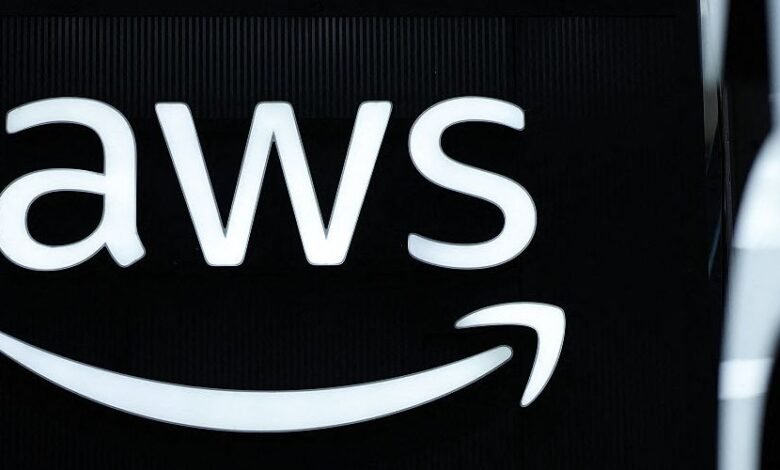AWS Outage: Keeper Security CEO Darren Guccione Explains the Impact

▼ Summary
– The recent AWS outage affected approximately 1,000 websites and services including Slack, Zoom, WhatsApp, and Amazon Prime Video.
– AWS is the world’s largest cloud provider with 30% market share, followed by Microsoft Azure at 20% and Google Cloud at 13%.
– The outage was caused by an internal infrastructure fault rather than a cyber attack, highlighting the distinction between technical failures and security breaches.
– Keeper Security’s CEO emphasized that true resilience requires maintaining operations during failures, not just preventing attacks.
– Business continuity plans should account for both cyber and non-cyber disruptions using frameworks like Zero-Trust and Privileged Access Management.
The recent disruption affecting Amazon Web Services has concluded, bringing relief to countless technology teams worldwide. This incident underscores a critical reality for modern enterprises: true operational resilience extends far beyond merely defending against cyber threats. According to Darren Guccione, CEO of Keeper Security, ensuring stability during infrastructure failures is equally vital.
When a major cloud provider like AWS experiences downtime, the effects ripple across the digital ecosystem. Popular applications including Slack, Trello, and Zoom were impacted, alongside messaging platforms such as WhatsApp and Signal. Amazon Prime Video, along with gaming services like Xbox, Roblox, and Fortnite, also faced interruptions. Monitoring services indicated approximately one thousand websites and web services, all reliant on AWS infrastructure, encountered significant issues during the outage.
As the dominant cloud provider globally, AWS holds roughly thirty percent of the market. Microsoft Azure follows with twenty percent, and Google Cloud accounts for about thirteen. Given this concentration, many organizations are now evaluating how to maintain business operations during similar disruptions without incurring excessive costs.
Darren Guccione offers perspective on business continuity planning. He notes that while major internet outages often trigger fears of a cyberattack, initial reports suggest this AWS disruption stemmed from an internal infrastructure issue. Distinguishing between technical failures and security breaches is essential, he emphasizes, because confusing the two can obscure where genuine risks reside.
Today’s information technology environments are intricately connected and heavily reliant on a small number of large cloud providers. Incidents of this magnitude, whether from technical faults or configuration errors, can disrupt global operations just as severely as a coordinated cyber assault. For large organizations, this highlights the necessity of building resilience that transcends threat prevention. Effective business continuity strategies must address both cyber and non-cyber disruptions, ensuring that privileged access, authentication, and backup mechanisms stay secure and operational even when core infrastructure is compromised.
Frameworks such as zero-trust and Privileged Access Management (PAM) solutions are crafted to guard against malicious intruders. Yet these same tools can prove invaluable during system outages by maintaining visibility and control, thereby strengthening an organization’s resilience and its ability to respond to incidents.
Guccione reiterates that authentic resilience is not solely about attack prevention, it’s about guaranteeing stability when failures happen.
AWS will host its Re:Invent conference in Las Vegas during the first week of December. The event will likely provide a platform for AWS to elaborate on the outage’s causes and the measures being implemented to prevent recurrence. This situation acts as a powerful reminder that our contemporary digital world depends heavily on a few key infrastructure providers, including AWS, Microsoft, and Google.
Such outages present valuable learning opportunities. There will undoubtedly be lessons absorbed by all stakeholders, with a renewed emphasis on building resilience amid ongoing challenges. The technology community looks ahead to innovative solutions that can minimize the frequency and impact of these events in the future.
(Source: ITWire Australia)





